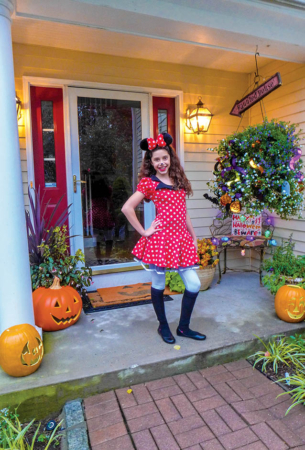Jack-o’-lanterns on front porches and crisp air are signs that Halloween is right around the corner. Costumes have likely been chosen and bags of candy are undoubtedly hidden in the back of pantries ready to delight trick-or-treaters.
Trick-or-treating is one of the most anticipated components of celebrating Halloween, and scores of kids venture door-to-door seeking the best chocolate bars and other candies. Children typically are chaperoned by their parents or other adults on trick-or-treating ventures. But some day kids will inevitably ask if they can go out alone with their friends. How can parents know when kids are mature enough to go it alone on Halloween?
There are no firm rules regarding when a child can go out trick-or-treating unsupervised. Each child is different, so there’s no uniform answer as to when kids can trick-or-treat without mom and dad in tow. But parents on the fence can consider the following guidance as they try to determine when it’s alright for kids to trick-or-treat alone.
Find out who is going trick-or-treating. Parents may feel more comfortable letting their children wander if they are reassured a group of friends is going en masse rather than the child going solo. There is safety in numbers, so trick-or treating in large groups is a good sign.
Judge the neighborhood critically. Neighborhoods also can be a factor to consider. What may be a safe environment during the day may no longer be so safe when darkness descends and children are unchaperoned. If parents recognize the neighborhood tows the line between being safe and dangerous, they may want to push off trick-or-treating alone until their children are older. But even the neighborhoods parents would characterize as “safe” are not invulnerable to safety issues. It pays to check where registered child predators live nearby, and that information is available to the public in most areas.
How responsible is the child? Some kids mature faster than others. Parents need to factor in their children’s dispositions when they consider if kids should be allowed out to trick-or-treat without adults.
Check in about the game plan. When children get older, trick-or-treating may be less about grabbing candy and more about spending time with friends, potentially causing mischief. Parents should recognize that kids left to their own devices may be more inclined to act foolishly. It helps to have an idea of what the group of kids will be doing when they go trick-or-treating and how long they plan to be out.
There’s no magic age or situation that tells parents when their children are ready to trick-or-treat without supervision. It’s an individual decision best made after careful consideration.




